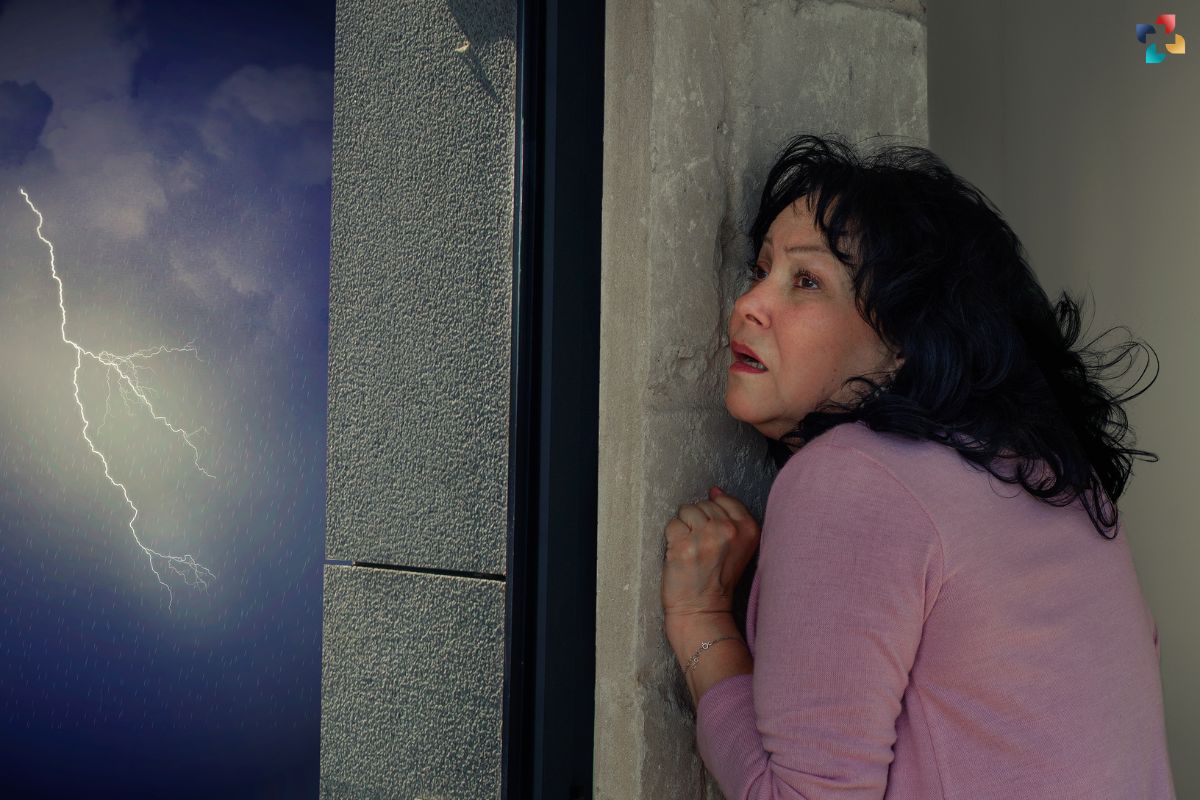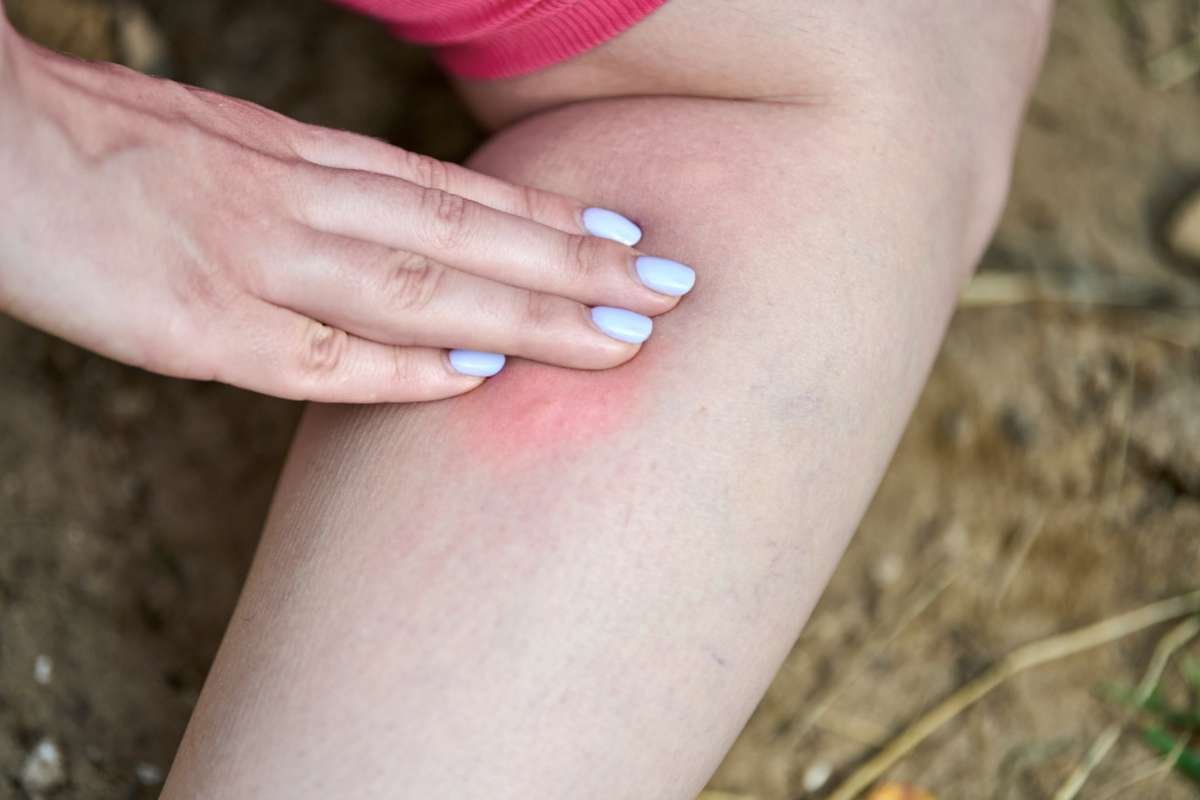Phobias are among the most prevalent mental health conditions globally, affecting millions of people. These intense, irrational fears can significantly impact one’s daily life, leading to avoidance behaviors that can be debilitating. In this comprehensive article, we will delve into the ten most common phobias, explore their causes, symptoms, and treatment options, and provide tips for managing these fears effectively.
What Are Phobias?
Phobias are a type of anxiety disorder characterized by an excessive and irrational fear of a specific object, situation, or activity. Unlike general anxiety disorders, phobias are linked to particular triggers, which can vary widely from person to person. When exposed to the source of their fear, individuals with phobias may experience extreme anxiety, panic attacks, and a strong desire to avoid the feared object or situation.
10 Most Common Phobias:
1. Arachnophobia – Fear of Spiders
Arachnophobia, the fear of spiders, is one of the most common phobias worldwide. People with arachnophobia may experience intense fear and anxiety at the sight of a spider, leading to avoidance behaviors such as refusing to enter areas where spiders might be present. Symptoms can include sweating, rapid heartbeat, and even full-blown panic attacks.
Causes:
This phobia may be rooted in evolutionary factors, where an innate fear of potentially dangerous creatures developed as a survival mechanism. Cultural influences and personal experiences, such as a traumatic encounter with a spider, can also contribute to the development of arachnophobia.
Treatment:
Cognitive-behavioral therapy (CBT) is highly effective in treating arachnophobia. Exposure therapy, a component of CBT, involves gradual and controlled exposure to spiders to reduce fear and anxiety over time. Medications such as anti-anxiety drugs may also be prescribed in severe cases.
2. Ophidiophobia – Fear of Snakes
Ophidiophobia, the fear of snakes, is another widespread phobia. This fear can range from mild discomfort to severe panic and avoidance. Individuals with ophidiophobia often go to great lengths to avoid areas where snakes might be present, such as forests or zoos.
Causes:
Similar to arachnophobia, the fear of snakes may have evolutionary roots, as snakes can pose a threat to humans. Cultural and personal factors, such as a negative encounter with a snake, can also play a significant role.
Treatment:
Exposure therapy and cognitive-behavioral therapy are effective in treating ophidiophobia. Relaxation techniques and mindfulness practices can also help individuals manage their fear and anxiety.
3. Acrophobia – Fear of Heights

Acrophobia, the fear of heights, is a common phobia that can cause significant distress. People with acrophobia may avoid activities such as climbing ladders, visiting tall buildings, or even looking out of windows from high floors.
Causes:
This phobia may stem from a fear of falling and the potential for injury. Traumatic experiences involving heights, such as a fall, can also contribute to the development of acrophobia.
Treatment:
Cognitive-behavioral therapy, particularly exposure therapy, is effective in treating acrophobia. Virtual reality therapy, where individuals are exposed to simulated heights, has also shown promise. Medications and relaxation techniques may be used to manage symptoms.
4. Aerophobia – Fear of Flying
Aerophobia, the fear of flying, affects a significant portion of the population. This phobia can prevent individuals from traveling by air, impacting both personal and professional lives.
Causes:
Fear of flying can be linked to a fear of heights, claustrophobia (fear of enclosed spaces), or a fear of losing control. Negative experiences during flights, such as turbulence or a medical emergency, can also contribute.
Treatment:
Cognitive-behavioral therapy and exposure therapy, such as simulated flights, are effective treatments. Hypnotherapy and relaxation techniques, including deep breathing and visualization, can help manage anxiety. Some individuals may benefit from medication to alleviate acute anxiety during flights.
5. Cynophobia – Fear of Dogs
Cynophobia, the fear of dogs, is a common phobia that can be debilitating for those affected. People with cynophobia may avoid parks, neighborhoods, or any location where dogs might be present.
Causes:
This phobia often develops from negative experiences with dogs, such as being bitten or chased. Media portrayals of aggressive dogs and cultural influences can also play a role.
Treatment:
Cognitive-behavioral therapy and exposure therapy are effective in treating cynophobia. Gradual exposure to dogs in a controlled environment can help individuals reduce their fear. Positive interactions with friendly dogs and education about dog behavior can also be beneficial.
6. Astraphobia – Fear of Thunder and Lightning

Astraphobia, the fear of thunder and lightning, is common among both children and adults. During thunderstorms, individuals with astraphobia may experience intense anxiety, seek shelter, and exhibit signs of panic.
Causes:
Fear of thunderstorms can stem from a natural survival instinct to avoid danger. Traumatic experiences during storms, such as being caught outside, can also contribute to the development of this phobia.
Treatment:
Cognitive-behavioral therapy, including exposure therapy, can help individuals manage their fear of thunderstorms. Relaxation techniques and mindfulness practices can also be effective. Creating a safe and calming environment during storms can provide comfort.
7. Trypanophobia – Fear of Needles
Trypanophobia, the fear of needles, can lead to avoidance of medical procedures and vaccinations. This phobia can have serious health implications if individuals avoid necessary medical care.
Causes:
Fear of needles may develop from negative experiences during medical procedures or a general fear of pain. Witnessing others’ distress during needle procedures can also contribute.
Treatment:
Cognitive-behavioral therapy and exposure therapy are effective in treating trypanophobia. Techniques such as applied tension, where individuals learn to tense their muscles to prevent fainting, can also be helpful. Distraction techniques and relaxation methods can reduce anxiety during needle procedures.
8. Social Phobia – Fear of Social Situations
Social phobia, or social anxiety disorder, is characterized by an intense fear of social situations and being judged or scrutinized by others. This common phobia can significantly impact daily life, leading to avoidance of social interactions and activities.
Causes:
Social phobia can develop from negative social experiences, such as bullying or public humiliation. Genetic factors and an overactive amygdala, the brain region responsible for fear responses, may also play a role.
Treatment:
Cognitive-behavioral therapy, particularly exposure therapy, is highly effective in treating social phobia. Medications such as selective serotonin reuptake inhibitors (SSRIs) may be prescribed. Social skills training and relaxation techniques can also help manage symptoms.
9. Agoraphobia – Fear of Open or Crowded Spaces

Agoraphobia is the fear of open or crowded spaces, often leading to avoidance of situations where escape might be difficult. This phobia can severely restrict an individual’s ability to leave their home or participate in daily activities.
Causes:
Agoraphobia may develop from panic disorder, where individuals fear having a panic attack in a situation where escape is challenging. Traumatic events and a general predisposition to anxiety disorders can also contribute.
Treatment:
Cognitive-behavioral therapy, particularly exposure therapy, is effective in treating agoraphobia. Medications such as SSRIs and benzodiazepines may be prescribed to manage anxiety. Support from friends and family, along with gradual exposure to feared situations, can help individuals regain confidence.
10. Mysophobia – Fear of Germs
Mysophobia, the fear of germs, can lead to excessive cleanliness and avoidance of situations perceived as dirty or contaminated. This common phobia can interfere with daily life and relationships.
Causes:
Mysophobia may develop from traumatic experiences with illness or a general predisposition to anxiety disorders. Media coverage of infectious diseases and cultural influences can also contribute.
Treatment:
Cognitive-behavioral therapy, particularly exposure therapy, is effective in treating mysophobia. Techniques such as cognitive restructuring, where individuals challenge and change irrational beliefs about germs, can also be beneficial. Medications may be prescribed to manage anxiety.
Managing Common Phobias
Understanding Triggers
The first step in managing common phobias is understanding the specific triggers that cause fear and anxiety. Keeping a journal to track situations and objects that provoke fear can help identify patterns and develop coping strategies.
Gradual Exposure
Gradual exposure to the feared object or situation, under the guidance of a therapist, can help desensitize individuals to their phobia. This method, known as exposure therapy, involves facing the fear in a controlled and systematic way, starting with less intimidating scenarios and gradually progressing to more challenging ones.
Relaxation Techniques

Practicing relaxation techniques such as deep breathing, progressive muscle relaxation, and mindfulness can help manage anxiety associated with phobias. These techniques can be used during exposure therapy or in daily life to reduce overall stress levels.
Cognitive-behavioral therapy (CBT)
Cognitive-behavioral therapy is a highly effective treatment for common phobias. CBT helps individuals identify and challenge irrational thoughts and beliefs related to their phobia, replacing them with more rational and realistic ones. This therapy also includes behavioral techniques, such as exposure therapy, to help individuals confront and manage their fears.
Medication
In some cases, medication may be prescribed to help manage the symptoms of phobias. Anti-anxiety medications, such as benzodiazepines, and antidepressants, such as selective serotonin reuptake inhibitors (SSRIs), can be effective in reducing anxiety and panic attacks. Medications are typically used in conjunction with therapy for the best results.
Support Systems
Having a strong support system of friends, family, and healthcare professionals can be invaluable in managing common phobias. Supportive relationships provide encouragement and understanding, making it easier for individuals to face their fears and progress through treatment. Group therapy and support groups for individuals with similar phobias can also offer a sense of community and shared experience.
Self-Help Strategies
For those who may not have access to professional therapy or prefer self-help methods, there are several strategies to manage common phobias:
- Education: Learning about the specific phobia and understanding its causes and symptoms can help demystify the fear and reduce anxiety.
- Visualization: Using visualization techniques to imagine successful encounters with the feared object or situation can build confidence and reduce fear.
- Gradual Challenges: Setting small, achievable goals to confront the phobia incrementally can lead to gradual desensitization.
- Healthy Lifestyle: Maintaining a healthy lifestyle, including regular exercise, a balanced diet, and sufficient sleep, can reduce overall anxiety and improve mental health.
Professional Help

While self-help strategies can be beneficial, seeking professional help from a licensed therapist or counselor is often necessary for managing more severe phobias. Mental health professionals can provide tailored treatment plans, ongoing support, and monitoring of progress.
Technological Aids
Advancements in technology have introduced new methods for managing phobias. Virtual reality (VR) therapy is becoming an increasingly popular tool for exposure therapy. VR allows individuals to confront their fears in a controlled, virtual environment, making the process safer and more accessible.
Conclusion
Phobias are common and can have a significant impact on individuals’ lives. Understanding the most common phobias—such as arachnophobia, ophidiophobia, acrophobia, aerophobia, cynophobia, astraphobia, trypanophobia, social phobia, agoraphobia, and mysophobia—provides insight into the diverse ways in which fear can manifest. With effective treatment options like cognitive-behavioral therapy, exposure therapy, relaxation techniques, and medication, individuals can manage their phobias and lead more fulfilling lives.
Recognizing the importance of addressing phobias, whether through professional help or self-help strategies, is crucial for improving mental health and well-being. By understanding triggers, employing gradual exposure, practicing relaxation techniques, and seeking support, individuals can overcome their fears and regain control over their lives.
In a world where common phobias affect so many, raising awareness and promoting understanding can foster a more compassionate and supportive society. Whether you or someone you know is struggling with a phobia, remember that help is available, and overcoming fear is possible with the right approach and resources.







